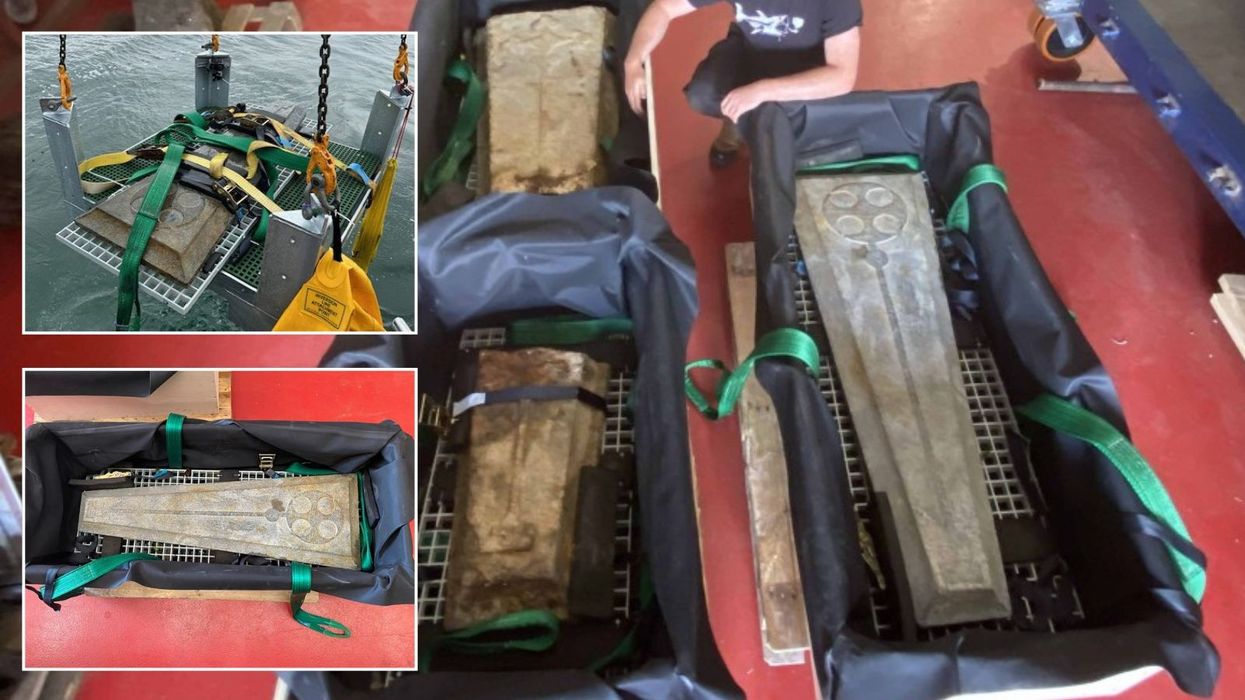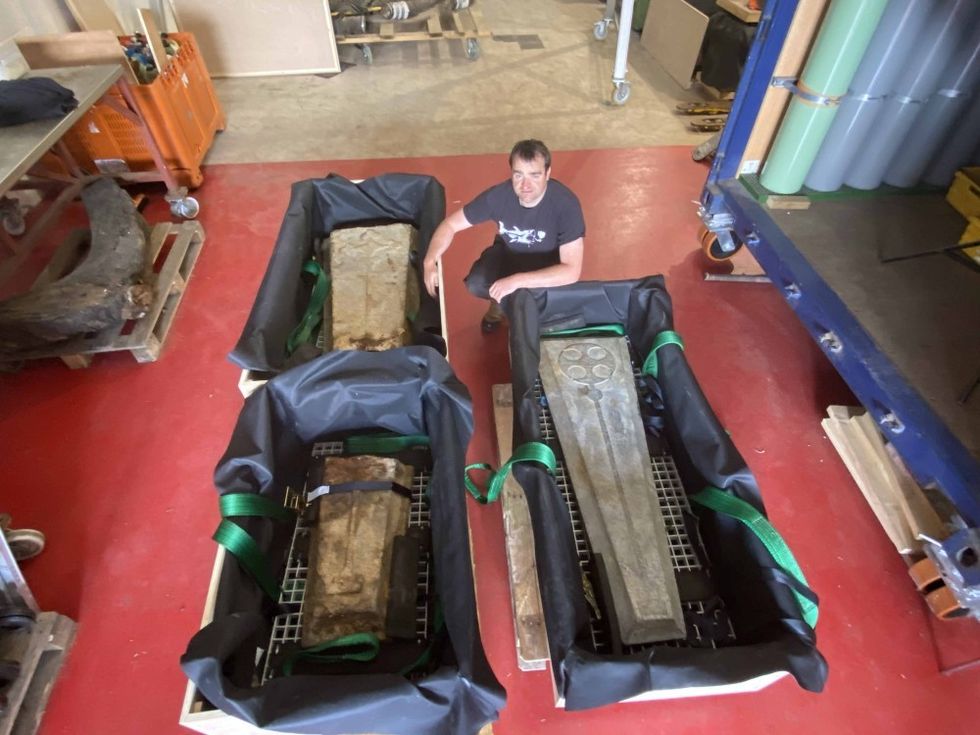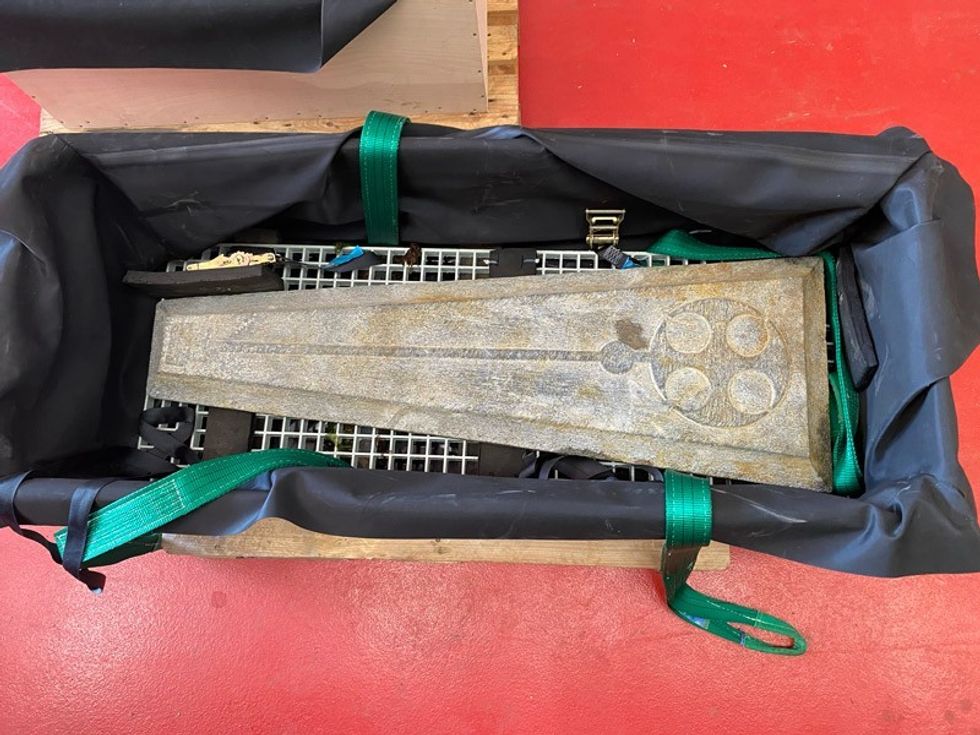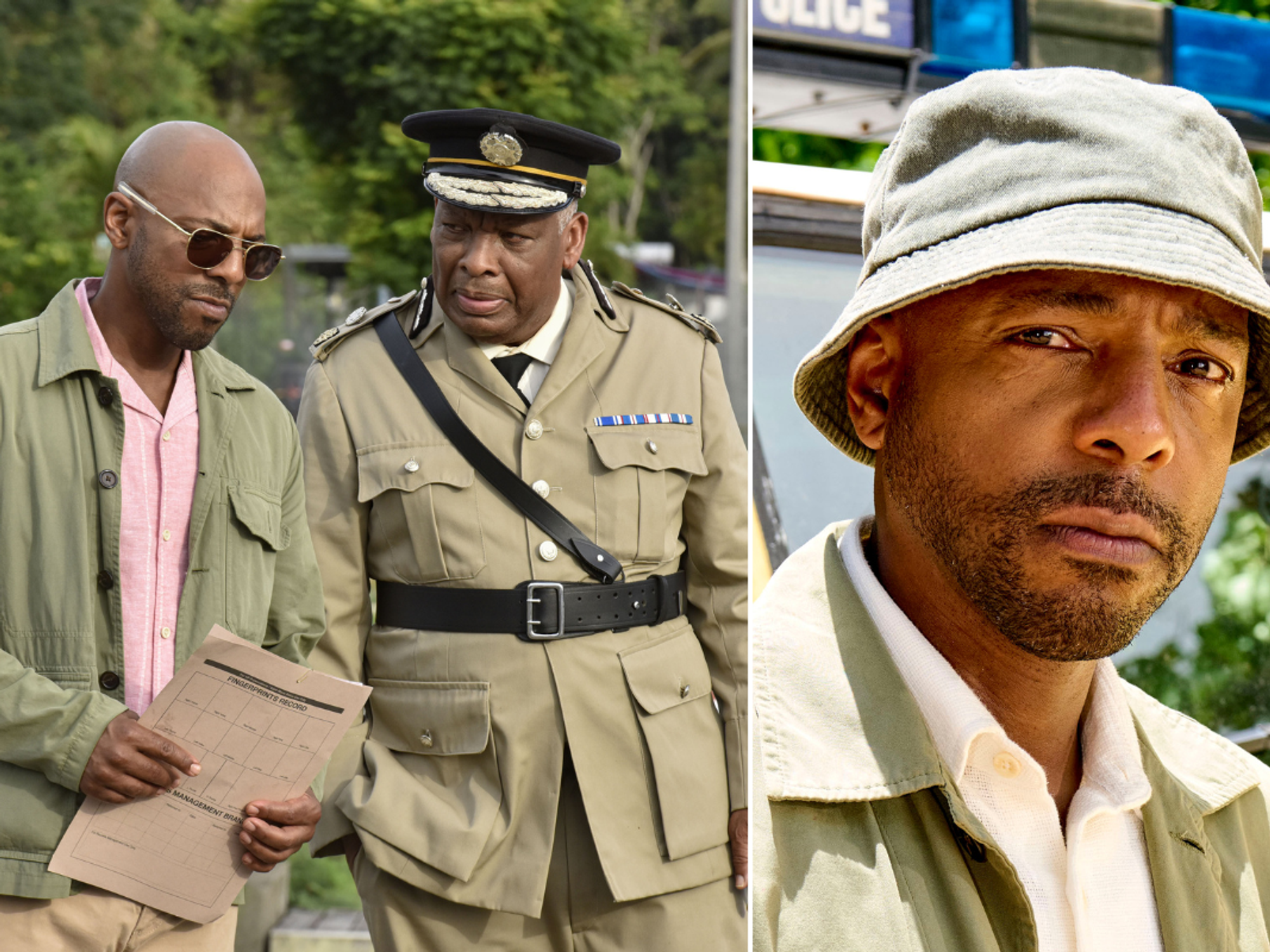Archaeologists make eerie discovery while exploring 800-year-old shipwreck

Archaeologists have made a creepy discovery around an ancient shipwreck at the bottom of the English Channel
|Bournemouth University

Images show that the graves were preserved well over the centuries
Don't Miss
Most Read
Archaeologists have made a creepy discovery around an ancient shipwreck at the bottom of the English Channel.
Medieval gravestones, believed to be 800 years old, were uncovered in Studland Bay, off the coast of Dorset on Friday.
Maritime archaeologists from Bournemouth University worked for more than two hours to bring the stones back to the surface.
Images show that the graves were preserved well over the centuries.

Medieval gravestones, believed to be 800-years-old, were uncovered in Studland Bay, off the coast of Dorset on Friday
|Bournemouth University
A university spokesperson said: "The slabs, carved from Purbeck marble, were amongst the cargo of England’s oldest historic shipwreck, which sank off the Dorset coast during the reign of Henry III in the thirteenth century."
The gravestones were likely for important members of the clergy, who were respected in medieval English society.
"One immaculately preserved slab measures one and a half meters and weighs an estimated 70 kilograms," the university added.
"The other, much larger slab is in two pieces, with a combined length of two meters and a weight of around 200 kilograms."
LATEST DEVELOPMENTS:

The gravestones were likely for important members of the clergy, who were respected in medieval English society
|Bournemouth University
Tom Cousins, the archaeologist who spearheaded the study, noted that the same type of stone used for the slabs can also be found in Westminster Abbey, Canterbury Cathedral, and Salisbury Cathedral.
He said: "The wreck went down in the height of the Purbeck stone industry, and the grave slabs we have here were a very popular monument for bishops and archbishops across all the cathedrals and monasteries in England at the time.
"Although Purbeck marble was quarried near Corfe Castle [in Dorset], there has always been a debate about how much work was done here and how much was done in London."
Both the gravestones feature carvings of Christian crosses which were popular in the thirteenth century.

Maritime archaeologists from Bournemouth University worked for more than two hours to bring the stones back to the surface
|Bournemouth University
Archaeologists from Bournemouth University are currently engaged in the desalination and conservation of the gravestones, with plans to exhibit them to the public next year.
A university spokesperson added: "The site of the Mortar Wreck was first discovered as an ‘obstruction’ in 1982 but was assumed to be a pile of rubble on the seabed.
"Its significance was not realised until 2019 when Tom and a team from the University dived the site on the suggestion of local charter skipper Trevor Small and uncovered the secrets lying under the sand."










